Glasses Lenses and Coatings
Glasses have become an indispensable item for our daily life. In addition to assisting your eyesight, a pair of well-chosen glasses can improve and even change your temperament. Many people who have normal vision also wear a pair of flat lenses. Do you know how to choose the right lens for you? Now let's learn a little bit about lenses and coatings.
Prescription Type
Single vision
The simplest form of glasses or contact lenses is the single-vision lens, made to correct the particular eyesight problem with a single prescription. If you have distance-corrective glasses, your prescription will begin with a (-) and your lens will be concave or curve inward, to correct your vision properly.
Progressive
There are multiple focal points on the same lens.
If you have difficulty seeing at both close and long ranges, you may need bifocals or multifocal. These glasses correct your vision at multiple distances, allowing you to see clearly — both up close and from a distance.
Because these lenses are highly personalized, they can correct even the most unique eyes, and provide all the benefits of bifocal lenses without the obvious horizontal line.

It is a kind of optical products, glasses for presbyopia, belongs to a convex lens. These lenses are convex, or curve outward, and are appropriate for people with prescriptions beginning with a (+).
The reading glasses is to meet the need of eye presbyopia crowd.
Lens Index
The refractive index of the lens, it's the ratio of the speed of light in a vacuum to the speed of light in the lens material, reflects the ability of a lens to refract light. The higher the refractive index of the lens the thinner the edge thickness of the lens. Currently, there are several mainstream lenses on the market, such as 1.57, 1.61, 1.67, 1.71, and 1.74.
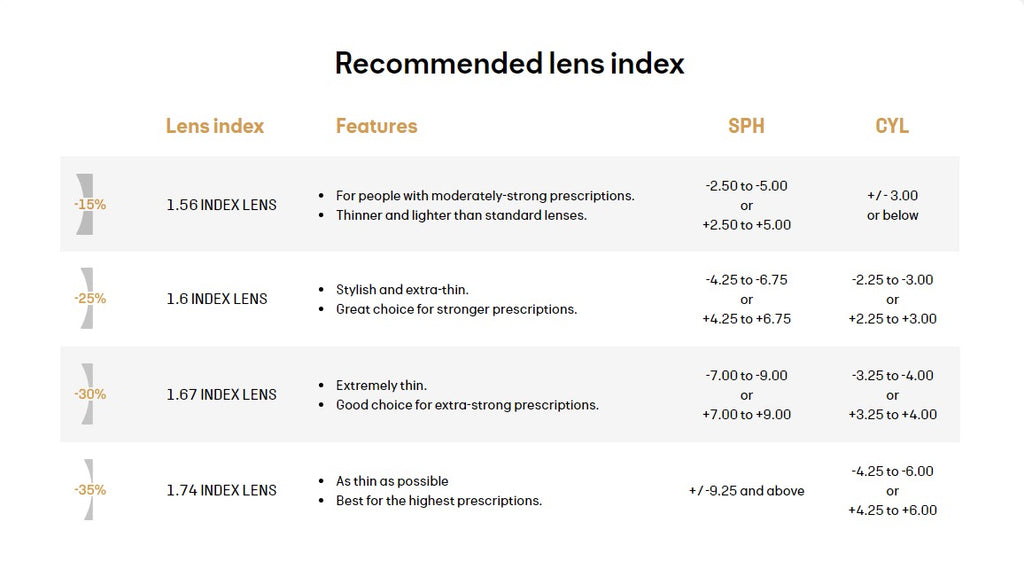
Lenses Type
Standard eyeglasses lenses
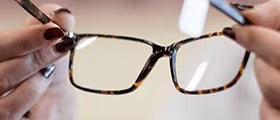
standard eyeglasses lenses, UV blue blockers, Photochromic, Polarized Sunglass Lenses.
For stronger prescriptions, choose a higher index for a thinner and lighter lens.
UV blue blockers
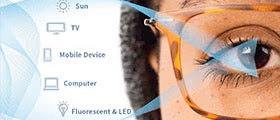
Blocks high-energy visible (HEV) blue light and provides maximum UV protection, suitable for use when Apply to daily wear. If you have difficulty seeing at both close and long ranges, you may need bifocals or multifocal. These glasses correct your vision at multiple distances, allowing you to see clearly — both up close and from a distance. Apply to daily wear watching a computer or TV or mobile phone.
Photochromic
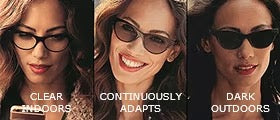
Photochromic lenses are optical lenses that darken on exposure to specific types of light of sufficient intensity, most commonly ultraviolet (UV) radiation. In the absence of activating light, the lenses return to their clear state. It can be used indoors as ordinary optical glasses and outdoors as sunglasses.
Polarized Sunglass Lenses
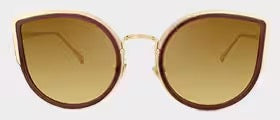
It provides superior glare protection — especially on the water. Polarized lenses contain a special filter that blocks this type of intense reflected light, reducing glare.
These glare-reducing lenses are great for driving, as well as water and snow activities.
Coating
Plastic lenses are nice and light but do tend to scratch quite easily.
Glasses lenses can be provided with anti-reflection coatings which virtually eliminate distracting reflections off the lens surfaces. Reducing reflected light is particularly helpful for computer users and night driving.
Anti-reflection coatings also improve the cosmetic appearance of your glasses and can make thick lenses look thinner. The coating is also roughly divided into three: standard
anti-reflection coating, superhydrophobic anti-reflection coating, oleophobic anti-reflection coating.

Standard anti-reflection coating
Anti-reflective coating (also called "AR coating" or "anti-glare coating") improves vision, reduces eye strain, and makes your eyeglasses look more attractive. Anti-reflective lenses are important for nearly everyone in the modern world — especially those working around computers or cameras or regularly driving at night.
Super hydrophobic anti-reflection coating
With a coating of no less than 16 LAYERS, these lenses are immune from attack by dirt and wear and tear. If you live in a rainy area, work, or live around water sources or simply like to be in and around the water, we recommend looking into this lens coating to help keep your lenses as clear as possible!
Oleophobic anti-reflection coating
With a coating of oleophobic, these lenses are immune from attack by fingerprint and greasy dirt. Almost everyone needs an oleophobic anti-reflection coating, our fingers and skin can't avoid contact with the glasses, so this coating is important for everyone.
